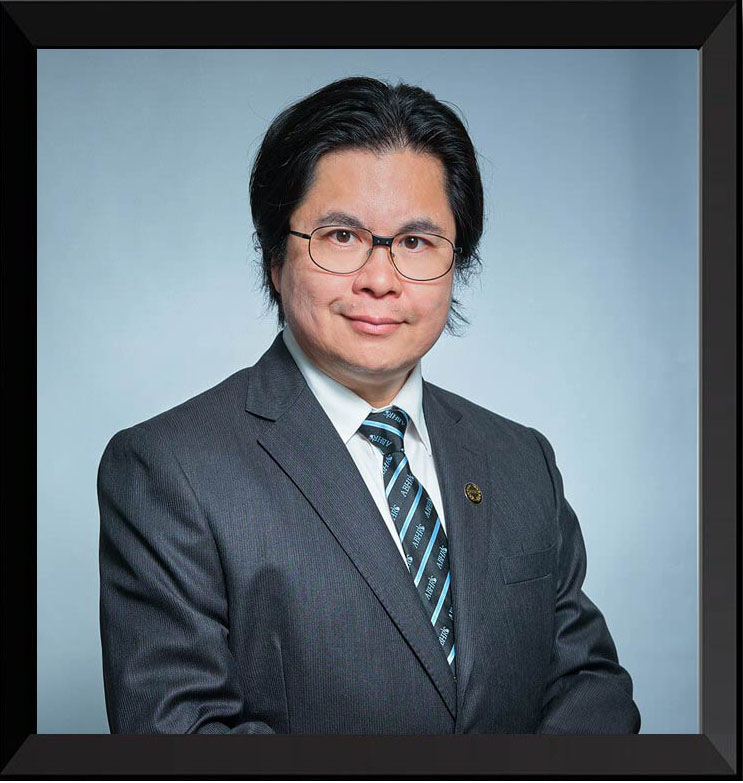AGA Treatment Overview

Over the years there has been a marked increase in the number of products being promoted as solutions to Androgenetic Alopecia (AGA). So far there are 3 medically proven methods of dealing with hair loss: medication, low level laser therapy, and hair transplantation. Amongst these surgical hair transplantation is the only one that provides a permanent solution. The rests require continued use to become and remain efficacious; once discontinued, hair loss ensues.
Despite the availability of these proven methods, there is an enormous segment of the public suffering from hair loss who try unproven hair loss remedies. Numerous products claiming to be “natural,” “safe,” “drug free,” and effective against hair loss are heavily marketed in the media. These products could not offer clinical statistics to substantiate their claims and, eventually, the Federal Trade Commission (FTC) stepped in to regulate these products. These natural, safe, and effective solutions for hair loss are usually not what they claim, and some may secretly contain medical drugs.
In summary people with thinning hair now have more available options. Other than pills and lotions, cosmetic enhancers such as colored creams, sprays, and powders can be applied to camouflage the thinning areas. Hairpieces and weaves are other non-surgical means to cover bald scalp areas. Still, hair restoration surgery offers the only permanent, living solution.
Non Medical Treatment of AGA
Camouflage

Cosmetic enhancers include colored creams, sprays, and powders that when applied to the thinning scalp help to camouflage thinning areas, as long as there is still some hair present in the area. Hairpieces and weaves are a non-surgical means to restore hair by covering bald areas of the scalp. Nevetheless there is a limitation about hair style and daily activities, and is very expensive in a long run.
SMP

The latest development in improving AGA is SMP, or scalp micropigmentation. It has been approved by the International Society of Hair Restoration Surgery (ISHRS) as an alternative to hair transplant.
Read More
Medical Treatment of AGA

Medication
Moderately effective medical treatments are now offered in the form of a pill and a lotion. There are only 2 drugs approved by FDA. These drugs reverse or inhibit hair miniaturization in 2 ways:
• By Stimulating Hair Growth, or
• By Blocking the Action of DHT
The efficacy of these drugs is more in the crown, not so much in restoring the hairline. Merck Study in 2002 showed that after 2 years of use, only 21% showed a mild improvement in the front. Nevertheless medication must be taken for life. All beneficial effect is lost once the drug is stopped. A lot of money has been invested in researches looking for the magic bullet. Success depends on early intervention and continuation of treatment. Once the hair diameter falls below 0.04mm, it cannot be rescued.
Low Level Laser Therapy
Laser Therapy, also referred to as Low Level Laser Therapy (LLLT), cold laser therapy, photobiomodulation, biostimulation, and phototherapy, has been shown in thousands of peer-reviewed publications to increase cellular survival, proliferation and function. LLLT is able to stimulate and preserve hair follicles in patients with androgenetic alopecia and other hair loss disorders. LLLT has been used over the past few years in a number of laser devices (combs, caps, hairdryer-like) for treatment of genetic or acquired hair loss.
Read More
Surgical Treatment of AGA

Hair Ttransplant
Hair restoration surgery offers a permanent, living solution to lost scalp hair. Reasonable improvement can be achieved even after a single procedure. There is no maintenance cost and no hindrance to the enjoyment of all kinds of daily leisure, sport, adventure, and intimacy.70% of men of all age can consider hair transplant. Virtually all with less than AGA Class VII can expect good result. No age limit for hair transplant as each case must be assessed individually
Should I Consider Hair Transplant?
Hair transplants is the best option to fill-in the front hairline; and to thicken the front half of the scalp. Medical treatments can be combinedd to maintain hair behind the transplants and to possibly enhance the long-term results of hair restoration surgery. Your hair restoration surgeon will work with you to design an individualized plan to fulfill your specific needs.
What Age Should I Have Hair Transplant?
Patients may have hair restoration surgery at any age. It is often better to consider hair transplant when you are not completely bald so that you can use existing hair to help camouflage the effect of the procedure. However, because hair loss tends to be both gradual and progressive, it is often unwise to start surgical treatment in a patient who is very young. Medical treatments may be offered to men with mild to moderate hair loss to help preserve thinning hair in the crown.
Message from the Doctor
Welcome to “Doctor's Talk,” where I’ll talk about everything related to hair loss and hair transplants. This series is here to help you understand more about how hair treatments work and what you can expect from them. The information provided is based on my 18 years of experience in dealing with hair loss.
Disclaimer -
Please note that this series is purely educational. Reading these posts does not guarantee my services, nor are they intended for business promotion. Information provided is not guaranteed to be up-to-date and should not be considered a substitute for professional medical advice.
Any opinions discussed may not be universally accepted or applicable to all individuals. Always consult a healthcare professional before making any decisions related to your health.

